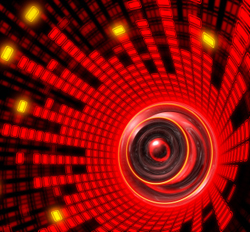The procedure often followed for equalizing a loudspeaker is to place the measurement microphone on-axis and adjust for the flattest frequency response.
This often involves boosting some filters when the axial response over a range of frequencies is lower than the average.
Those that are opposed to the use of boost filters may choose to arrive at the same resultant response by reducing (cutting) parts of the response to the lowest common denominator. This results in the same electrical curve, but without compromising headroom in the signal chain.
The whole procedure is initially performed looking at the direct field of the loudspeaker.
A Different Perspective
This article suggests a modification to this approach, by considering the off-axis as well as the on-axis response.
The goal of the equalization process is to produce a better sounding system for the audience. Yet a relatively small percentage of the audience sits in the on-axis position. It would therefore seem ill-advised to consider only the axial position when equalizing a system.
Another popular approach is to average the response of a number of seating positions to arrive at the best “common denominator” curve for the equalizer. This can also produce good results, but care must be taken to exclude artifacts due to room reflections from the measured data, as each movement of the mic places it in a different acoustic environment.
This makes it a challenge to limit the response measured at each test position to the direct field from the loudspeaker. Most contributions from the room will be random at different seating positions and not addressable by equalization. So, the spacial average is not a bad idea, it is just hard to implement.
Another Path, Same Destination
Another way to consider off-axis listener positions is to determine the base equalization curve for the loudspeaker by observing its 3-dimensional radiation balloon.















